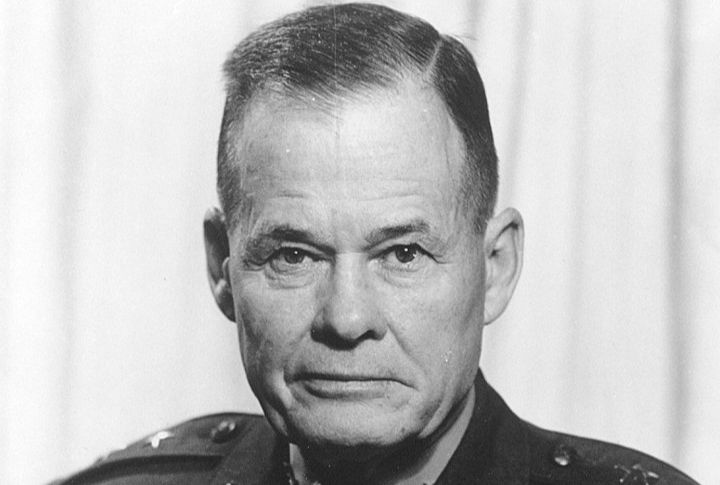
Lewis Burwell “Chesty” Puller is a name that echoes through the halls of military history. Known as America’s most decorated Marine in history, his fearless leadership and relentless bravery in combat earned him an unparalleled reputation. Here’s a look into his career and what made him stand out.
The Man Behind the Legend
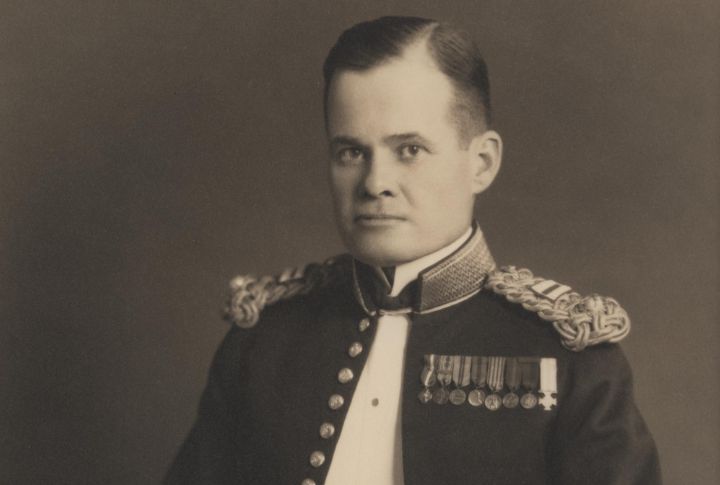
Lewis Burwell “Chesty” Puller isn’t just another name in military history; he’s the Marine Corps version of a superhero. Imagine someone who not only survived the toughest battles but did so with a fierce determination that earned him the respect of everyone around him.
Early Life and Background
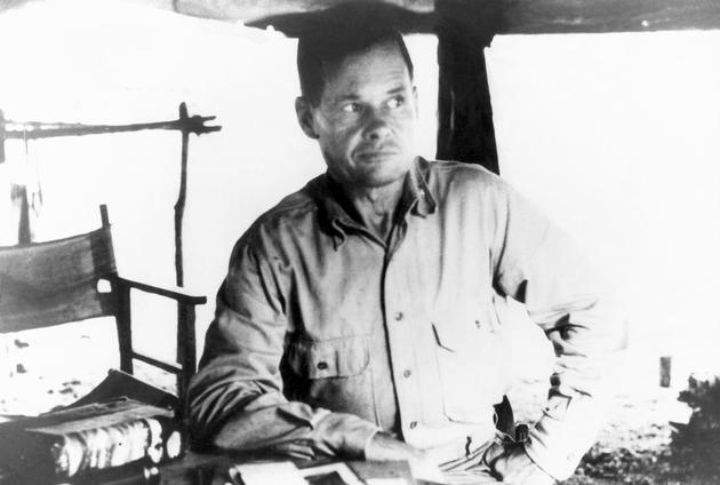
Surrounded by tales of old Confederate soldiers, these stories lit a fire in young Puller and fueled his desire to serve his country. But his journey wasn’t smooth at all. He first tried to follow a traditional path by attending the Virginia Military Institute.
A Humble Start
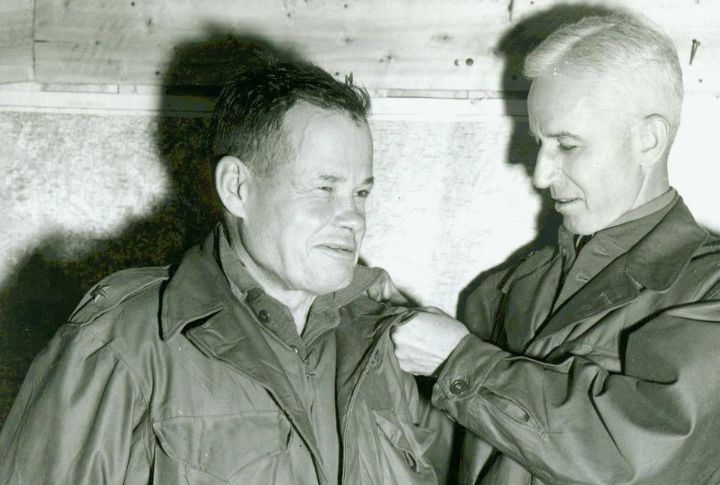
Later, he joined the Marine Corps during World War I in 1918, eager to see action, but he never left the United States during the war. Disappointed but not deterred, he resigned and re-enlisted as a private. His persistence paid off when he finally secured a commission in 1924, but not before facing multiple setbacks.
Nicaragua and the Birth of a Legend
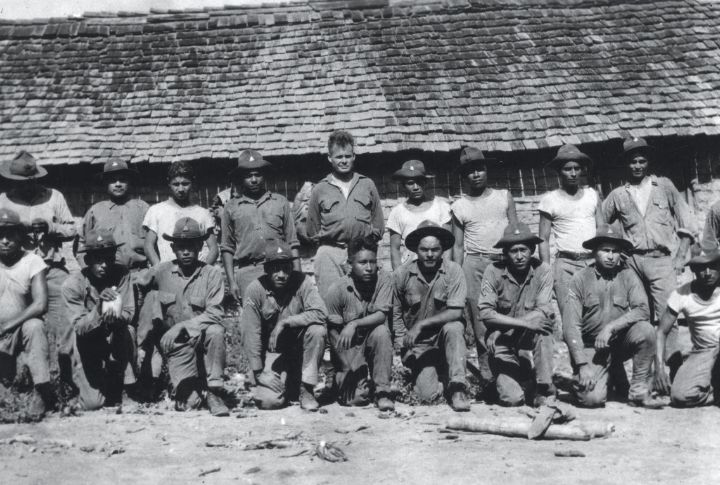
In 1928, Puller was deployed to Nicaragua. As he led Marines in fierce battles against guerrilla fighters, his fearless approach and relentless pursuit of the enemy earned him two Navy Crosses. Puller earned the nickname “Chesty,” rumored to be a nod to his barrel-confident stance.
China and Tactical Innovations
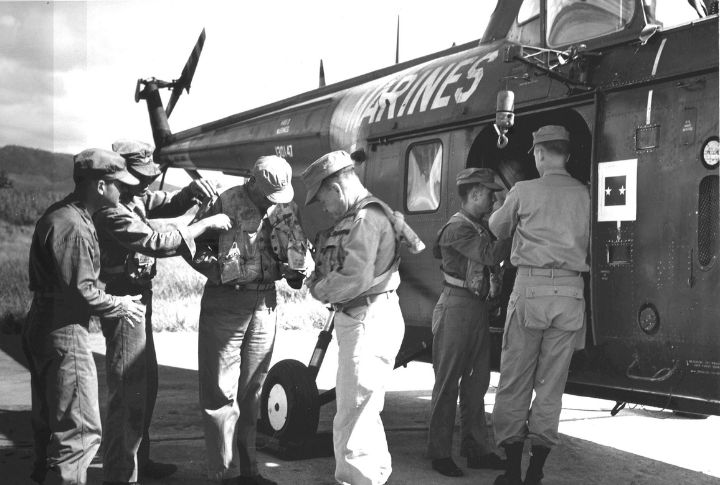
After proving himself in Nicaragua, he was stationed in China from 1933 to 1936, where he continued to refine his leadership skills. He commanded the Marine detachment on the USS Augusta and later led the famed Horse Marines in Beijing.
World War II Begins
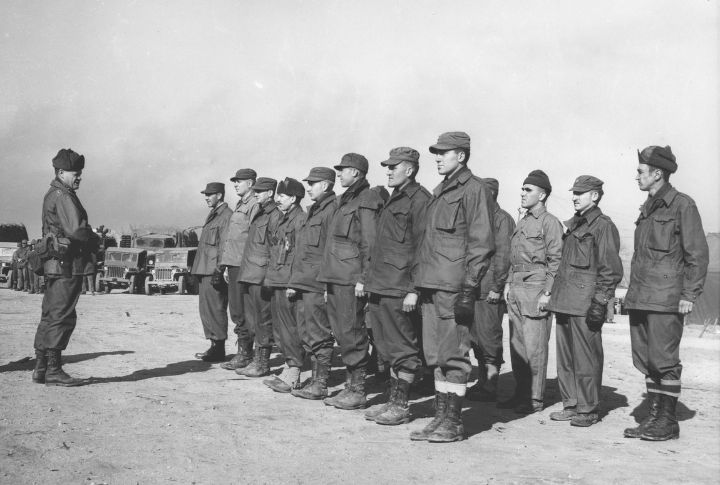
As World War II loomed, he was assigned to the 1st Marine Division and prepared his men for the inevitable conflict with Japan. Pearl Harbor’s attack on December 7, 1941, confirmed what he already knew—the U.S. was going to war, and Puller was ready to lead.
Guadalcanal and Heroic Deeds
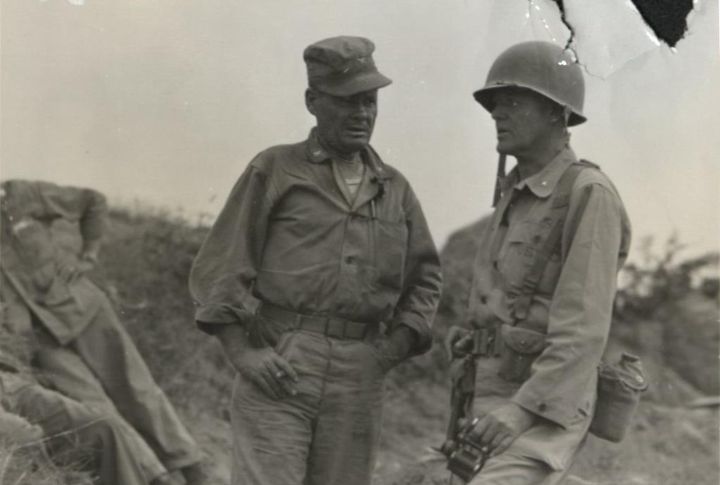
Guadalcanal, which began in August 1942, was the test that challenged Puller and his men. It was there that Puller’s heroism truly shone. During the intense fighting, Puller’s leadership was a beacon for his troops and earned him a third Navy Cross.
Battle of Peleliu
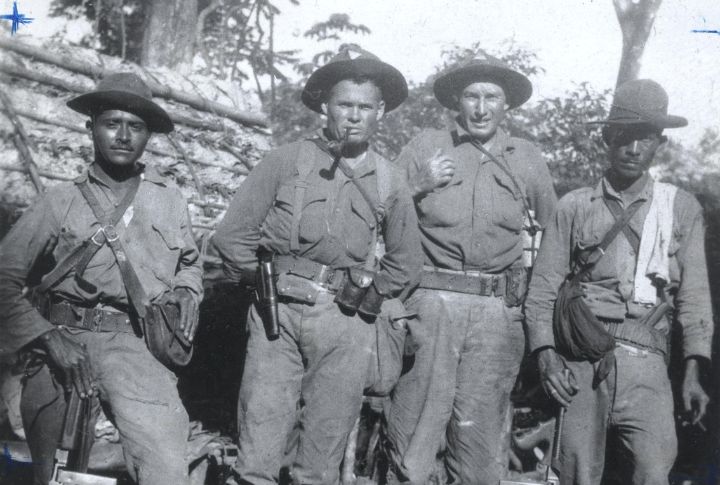
The Battle of Peleliu, which began in September 1944, was one of the toughest fights of World War II. Tasked with seizing a heavily fortified enemy position, Puller faced criticism as the battle dragged on and casualties mounted. Yet, even in the face of adversity, he led his men with determination and courage.
The Korean War Era
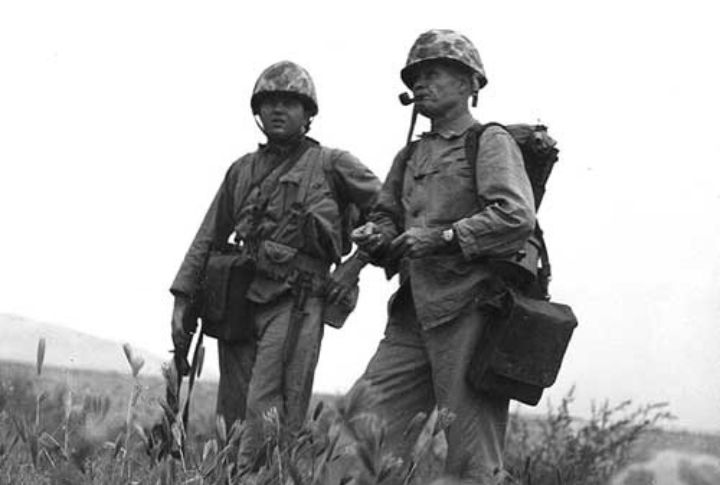
When the Korean War broke out, Chesty Puller was once again called to lead. He played a vital role in the daring amphibious assault at Inchon and led his Marines through the brutal Battle of Chosin Reservoir from November through December 1950. This earned him a fifth Navy Cross.
Chesty’s Fifth Navy Cross
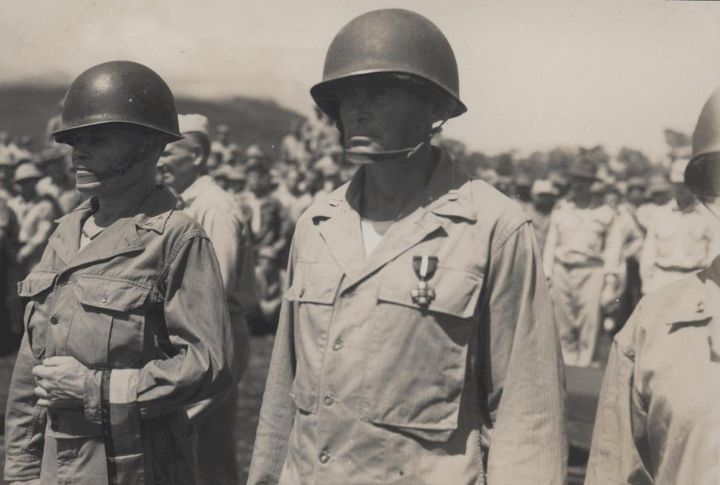
Notably, earning five Navy Crosses is a feat that no other Marine has matched, and it speaks volumes about Puller’s extraordinary bravery and leadership. His fifth Navy Cross, awarded for his actions during the Battle of Chosin Reservoir, attests to his unbreakable spirit.
Later Years and Controversy
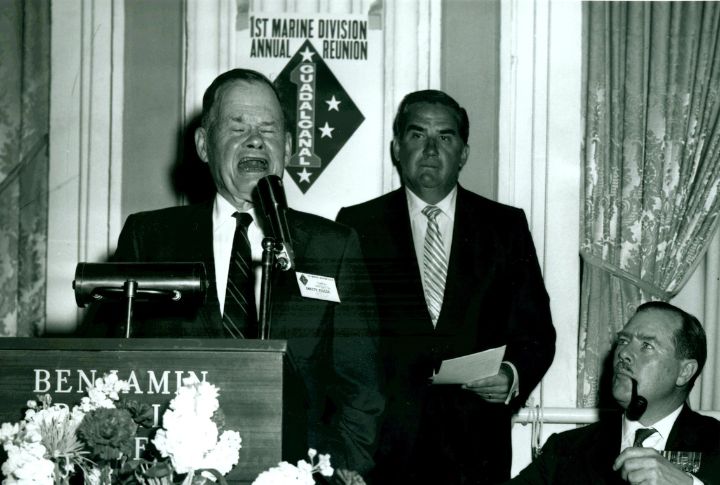
After the Korean War, Puller’s outspoken nature and frustration with the conduct of the war made headlines. Never one to mince words, he criticized what he saw as shortcomings in military leadership and training. He would later pass away on October 11, 1971, in Hampton, Virginia.
Family
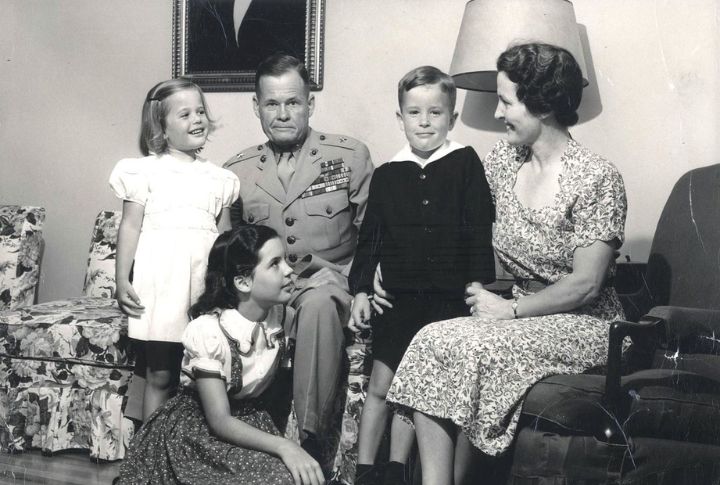
His son, Lewis Burwell Puller, Jr., served as a Marine lieutenant during the Vietnam War with the 2nd Battalion, 1st Marines (2/1). He suffered severe injuries from a mine explosion while in combat. Puller then authored the acclaimed autobiography Fortunate Son: The Healing of a Vietnam Vet, which earned him a Pulitzer Prize in 1992.
Legacy and Influence

Quotes and actions attributed to him continue to inspire new generations of Marines, who regard him as the quintessential “Marine’s Marine.” Whether it’s legendary combat achievements or his straightforward leadership style, Puller’s influence on the Corps remains undeniable.
The Bulldog Mascot
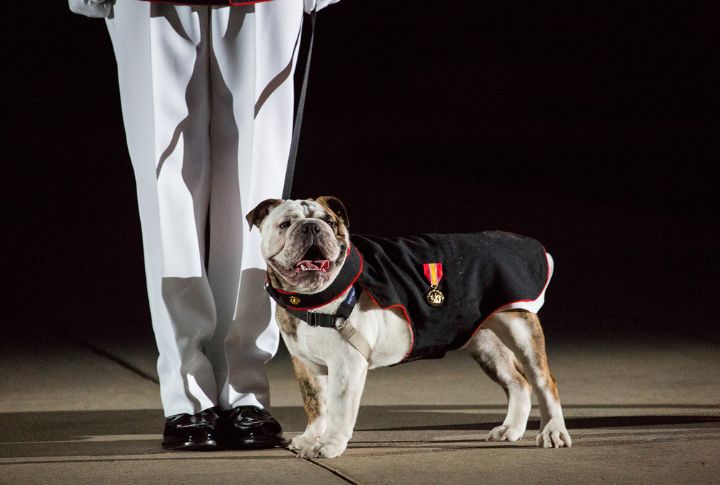
In 1957, the Marine Corps bulldog mascot was named “Chesty” in a nod to Puller’s lasting impact. This choice went beyond honoring a great Marine. It also was a way of advocating for the spirit of toughness and loyalty that Puller represented.
USS Lewis B. Puller
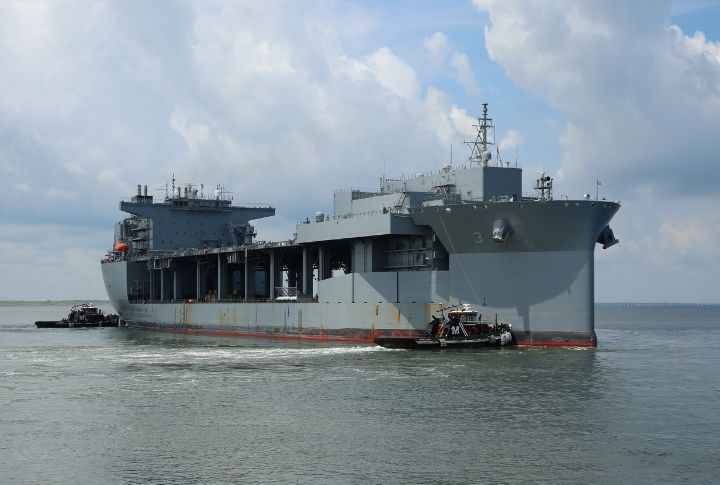
The U.S. Navy paid tribute to Puller’s legacy by commissioning the USS Lewis B. Puller on 17 August 2017, which marked the second time a ship has carried his name. It is the U.S. Navy’s first ship designed specifically as an expeditionary mobile base.

